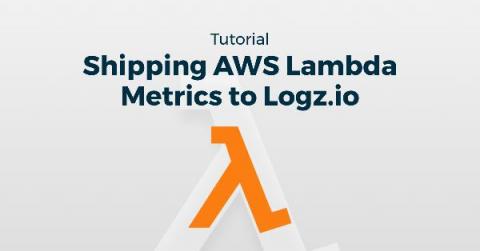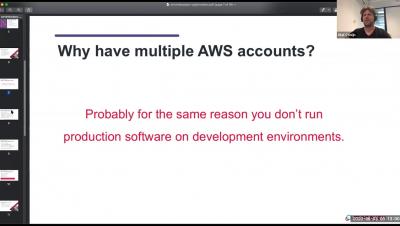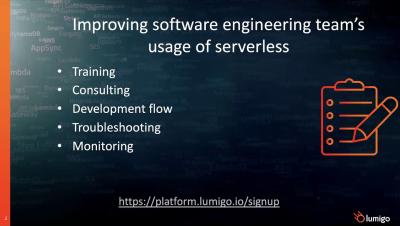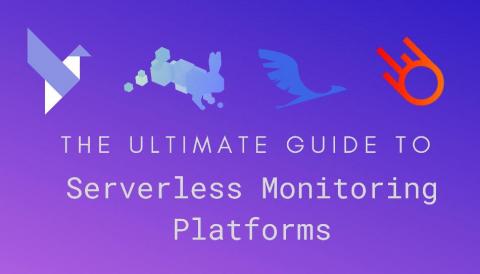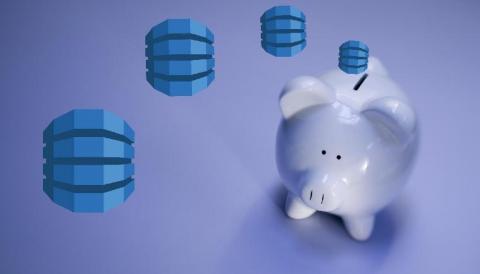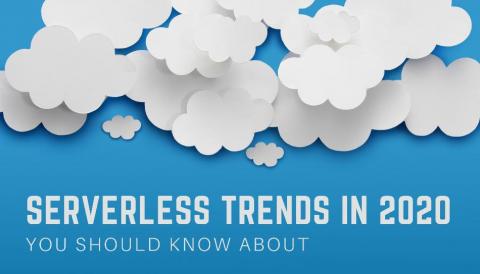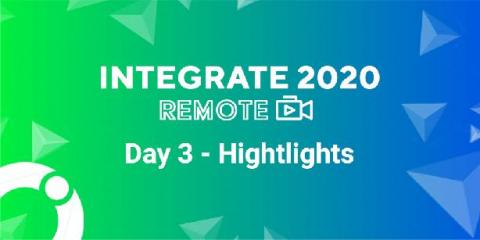Shipping AWS Lambda Metrics to Logz.io
Serverless computing has taken off in recent years with more efficient cloud services. AWS Lambda is a great example of this, where provisioning and management of resources happens from the service’s end. You only have to deal with the code. This article will give a brief overview of AWS Lambda in contrast to EC2 instances, then walk through shipping AWS Lambda metrics to Logz.io.


